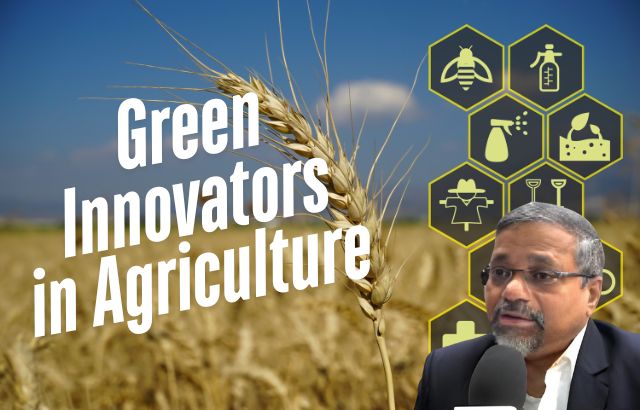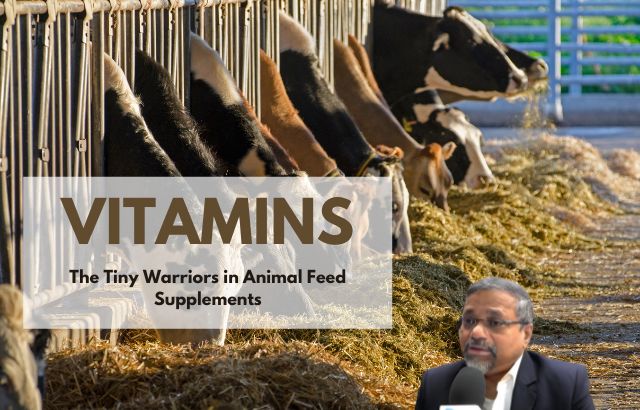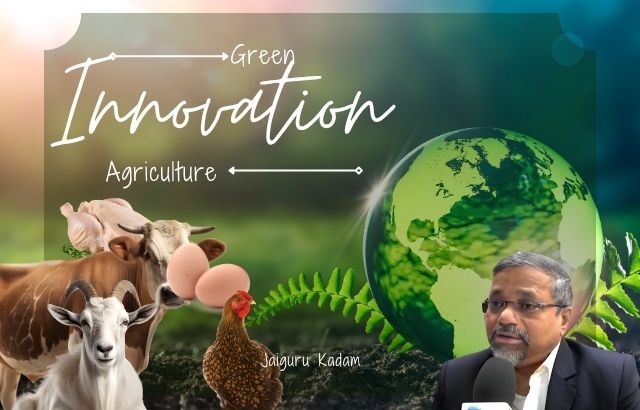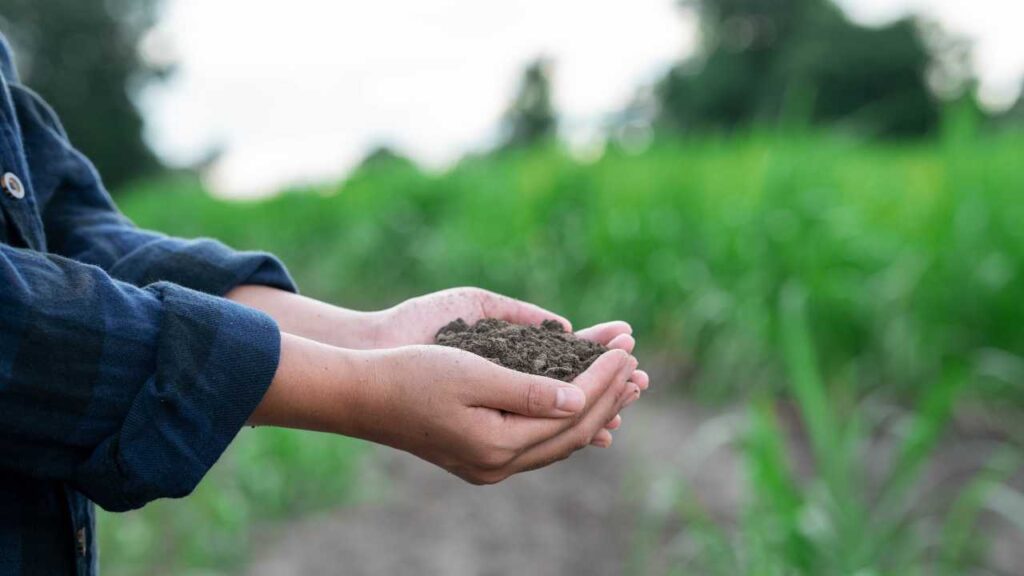Why the World Needs More Green Innovators
The world needs more green innovators in agriculture because our planet is facing climate change, resource depletion, and biodiversity loss. Green innovators in agriculture are pivotal in developing technologies and strategies that reduce environmental harm while maintaining productivity and food security. Their contributions help reduce greenhouse gas emissions, minimize pesticide use, conserve water, and enhance soil health.
Key Decisions Influenced by Agricultural Green Innovators
Green innovators in agriculture play a significant role in decision-making processes across various aspects of farming and food production. Their work influences decisions regarding:
- Crop Protection: Adoption of bioherbicides and green herbicide safeners to reduce chemical pesticide use.
- Soil Health: Implementing regenerative agriculture techniques that prioritize soil health and biodiversity.
- Water Usage: Developing irrigation solutions that conserve water, like drip irrigation systems.
- Waste Management: Innovating waste-to-resource systems like composting and converting waste into organic fertilizers.
Examples of Green Innovation in Agriculture

Green Solvents
Green solvents are organic solvents derived from natural resources. They reduce the environmental impact of chemical solvents, which can be harmful to human health and the ecosystem. For instance, lactic acid-based solvents are being explored for use in pesticide formulations and cleaning processes in agriculture.
Green Surfactants/Adjuvants
Green surfactants are derived from renewable, natural sources and are used in pesticides and herbicides to improve their effectiveness. An example is plant-based surfactants, which enhance the spread and absorption of pesticides while being safer for the environment.
Plant-Derived Herbicides/Green Herbicides/Bioherbicides
Green herbicides are made from natural plant-based ingredients and are non-toxic to humans and animals. For example, acetic acid-based herbicides made from vinegar are used as effective alternatives to synthetic herbicides in weed control.
Green Herbicide Safeners
Green herbicide safeners are compounds that protect crops from the harmful effects of herbicides. These safeners are often plant-derived and allow for safer herbicide use, ensuring that only weeds are targeted. A prominent example is cytokinin-based safeners, which increase tolerance in crops like corn and wheat.
Roles of a Green Innovator in Agriculture

Green innovators in agriculture are responsible for:
- Research and Development: Designing sustainable farming methods, alternative chemicals, and eco-friendly technologies.
- Product Development: Creating new green products such as biodegradable pesticides, plant-based fertilizers, and water-efficient irrigation systems.
- Consultation: Advising farmers and agricultural businesses on implementing sustainable practices and reducing their environmental footprint.
- Policy Advocacy: Working with governments and international organizations to promote policies that support sustainable agricultural practices.
Industries Seeking Help from Green Innovators
The following industries are increasingly seeking green innovators to enhance sustainability in their practices:
- Agriculture Technology (AgTech): Innovating machinery, data analytics, and automated solutions to reduce environmental impact.
- Farming and Agriculture: Seeking solutions for more efficient irrigation, pest control, and resource conservation.
- Chemical Industry: Moving toward greener alternatives to traditional synthetic chemicals used in pesticides and fertilizers.
- Food Production and Processing: Focus on reducing food waste, improving packaging, and sourcing sustainable ingredients.
- Energy Sector: Working on bioenergy solutions such as biofuels from agricultural waste.
FAQs about Green Innovation in Agriculture
- What is green innovation in agriculture?
- Green innovation in agriculture involves developing and applying new, eco-friendly technologies and practices to improve farming productivity while reducing the environmental impact.
- Why is it important to use green herbicides?
- Green herbicides are safer for the environment and human health. They help reduce reliance on toxic chemicals and provide effective weed control without harming non-target species.
- What role do green innovators play in sustainable agriculture?
- Green innovators create and implement solutions for reducing waste, conserving resources, and minimizing the environmental footprint of agricultural practices, ensuring the long-term health of our planet and food systems.
- How do green solvents benefit agriculture?
- Green solvents reduce the environmental impact of traditional chemical solvents, making processes like pesticide formulation and equipment cleaning safer for the environment and workers.
- Can green innovation improve food security?
- Yes, by promoting sustainable agricultural practices, green innovators help ensure that food production remains viable even in the face of climate change and resource scarcity.
Fascinating data
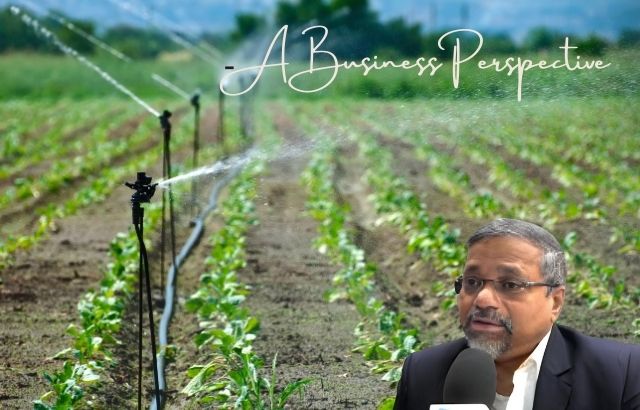
- Green innovations in agriculture have the potential to reduce global pesticide use by up to 40% by 2030.
- Research shows that plant-based herbicides can reduce the impact of chemicals on pollinators by 75% compared to traditional herbicides.
- Green surfactants can reduce pesticide runoff into water systems by up to 50%, promoting healthier ecosystems.
- Farmers using bioherbicides report a 25% reduction in overall herbicide costs while maintaining effective weed control.
Example Calculations by Agriculture Green Innovator Jaiguru Kadam

As an example of the impact green innovation can have, let’s consider the work of Jaiguru Kadam, an agricultural green innovator. His studies showed that:
- Switching to plant-derived herbicides can reduce input costs by up to 15% annually for large-scale farmers.
- Implementing green surfactants in pesticide formulations can reduce the amount of pesticide needed by up to 20%, leading to both cost savings and a lower environmental impact.
- By adopting organic fertilizers made from agricultural waste, farmers can reduce their dependency on synthetic fertilizers, cutting down carbon emissions by approximately 30% per hectare.

